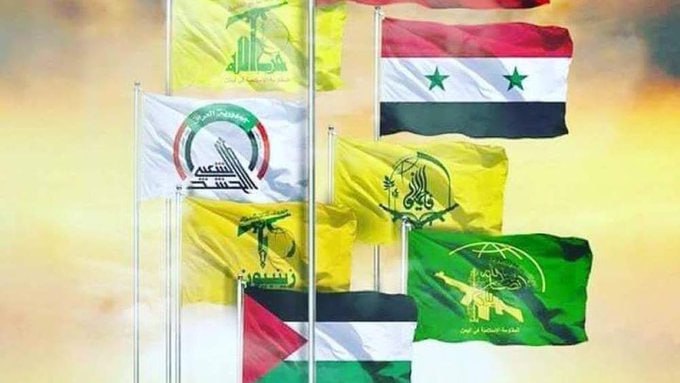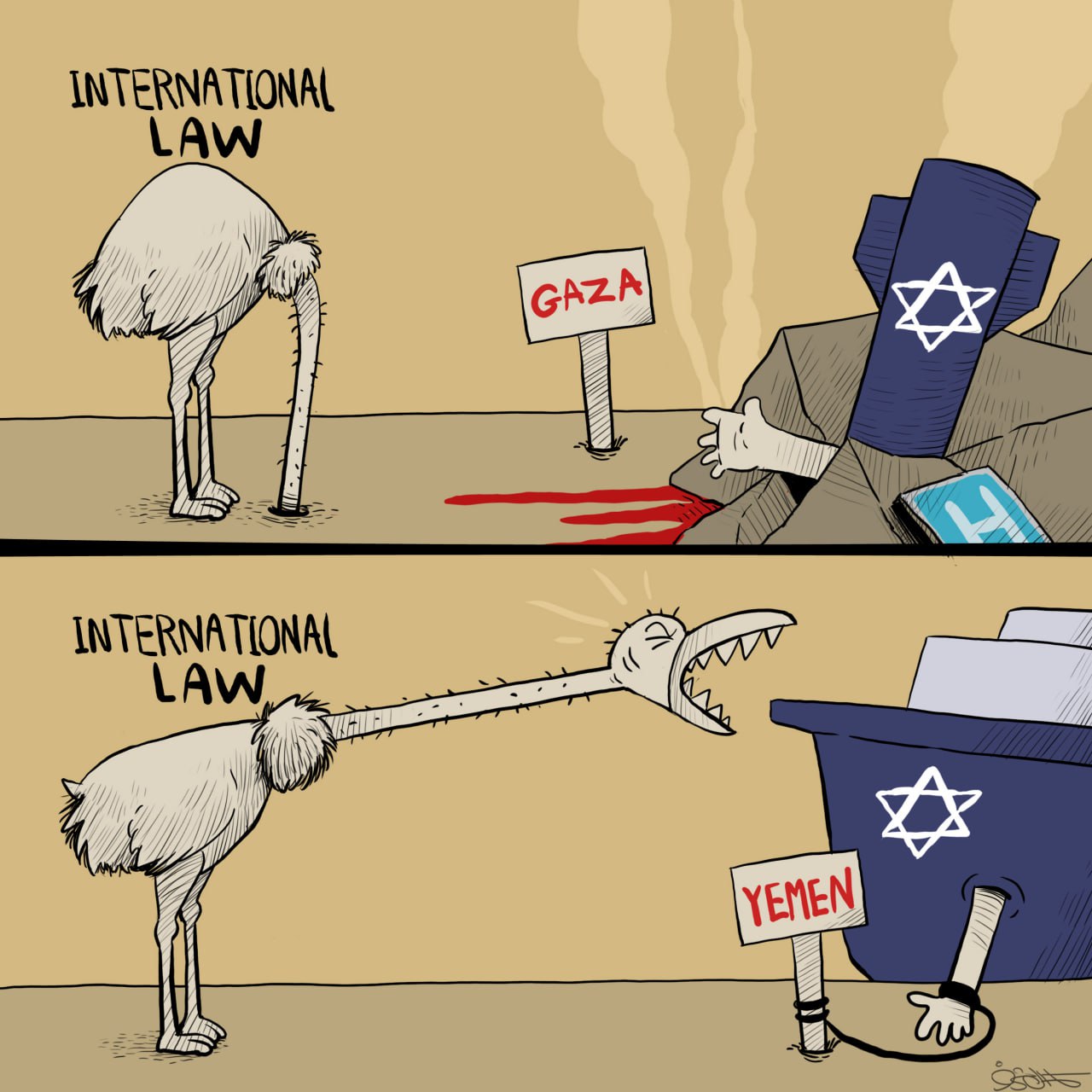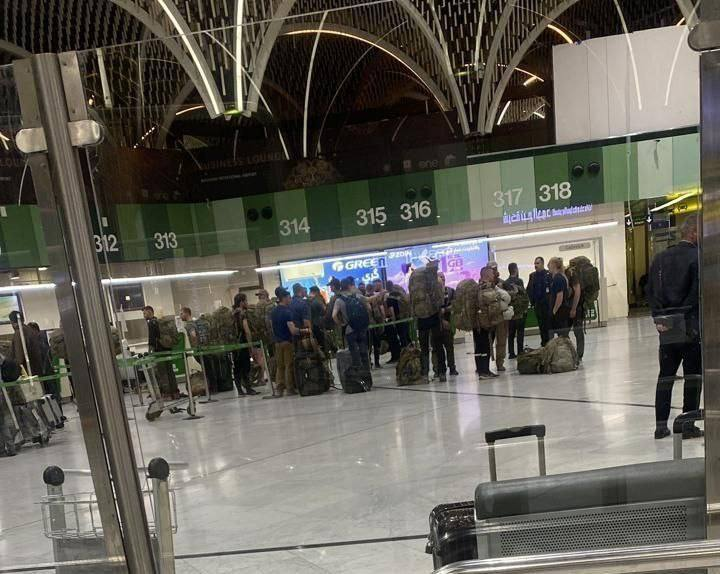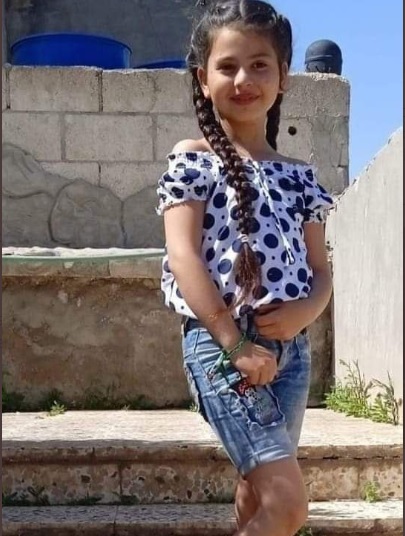"The Israeli campaign of massacres and terrorism against the Gaza Strip has now extended to murdering Palestinian prisoners. The first martyr was a leader in the Hamas movement, Omar Hamza Daraghmeh, age 58, from the city of Tubas. On October 24, another prisoner was martyred. He was Arafat Yasser Hamdan, age 25, from the town of Beit Sira in Ramallah district, imprisoned in Ofer prison.
The occupation forces had arrested Daraghmeh, along with his son Hamza, on October 9, the third day of the Al-Aqsa Flood battle. Omar participated remotely in a court session held in Ofer camp on Monday, October 23. At that time, his lawyer confirmed that he was in good health. However, later that evening, the occupation prison department announced that he had died due to a “heart attack” in Megiddo prison.
Hamdan, on the other hand, was arrested on October 22 during a wave of arrests by the occupation forces.
The Palestinian Prisoners’ Affairs Commission and the Prisoners’ Club commented on Daraghmeh’s martyrdom in a joint statement: “the martyrdom of any prisoner, in light of the comprehensive aggression against our people and the genocide of our people in Gaza, is tantamount to a deliberate assassination.” The statement emphasized that “the occupation’s narrative has always been and continues to be a deception. Each time, the occupation creates stories about the circumstances of prisoners’ martyrdom, attempting to absolve itself of the crime.”
In this context, they pointed out that “based on the numerous testimonies of newly released prisoners, who spoke about torture and beatings during their transfer to the courtroom or the room dedicated to court video conferencing, and in light of all the information we receive about torture operations against the prisoners, we are not merely voicing concerns about the possible martyrdom of other detainees, but we are announcing that one has already been martyred.”
After Hamdan’s martyrdom, a second statement was issued highlighting that “the occupation has begun a systematic assassination campaign against the prisoners as part of the all-round aggression against our people and our prisoners.”
While the occupation maintains secrecy about the prisoners, including the number of people detained and the conditions for detention, it has significantly ratcheted up its repression in the prisons. It seeks revenge and death. The occupation prison agency is using the monstrous aggression against Gaza as an opportunity to target the prisoners with torture, assassination, execution, and stricter detention conditions.
After the start of the Al-Aqsa Flood operation, Israeli prison authorities imposed several sanctions against the prisoners:
- Removal of all electrical devices, including televisions, food heating plates, and water heating jugs.
Cutting off electricity to the prisoners from 6:00 AM to 6:00 PM. Limited access to the courtyard for only 20 minutes, and sometimes completely depriving prisoners of it.
Destruction of all sports equipment.
Cutting off hot water supply to the bathing sections, forcing the prisoners to shower in cold water.
Closure of the kitchen and providing only two modest meals.
Regular and daily room searches.
Increasing the number of prisoners in each room from five prisoners to nine.
- Converting the sentences of some prisoners whose terms have ended into indefinite administrative detention.
In conjunction with this, the occupation forces arrested more than 50 people, including former prisoners, on the night of October 23. The occupation has arrested more than 1,265 Palestinians since October 7, and this does not include workers or detainees from the Gaza Strip because the occupation authorities have imposed an information blackout on this information. Despite the prisoners’ support organizations’ demands to meet with the International Red Cross, there is no clear data from the human rights institutions or the Red Cross about the numbers or identities of the workers detained by the occupation, nor the places of their detention.
Palestinian Prisoners’ Movement Victory is an Implementation of Unity and True Partnership
The Israeli barbarism and terrorism against prisoners is not confined to the prisons; it begins at the first moment of arrest, starting with violently storming their homes. According to documentation from the Prisoners’ Club, the arrests are particularly brutal and include using families as hostages, vandalizing and destroying homes, subjecting the detainees to severe beatings causing injuries, and, sometimes, on-the-spot executions.
This campaign coincides with the implementation of strict military orders by the occupation authorities to facilitate arrest operations, torture of detainees, and restrictions on the work of legal teams. The most prominent example of this is the increasing use of “administrative detention”, as a significant portion of those arrested after the start of Al-Aqsa Flood were placed under administrative detention. The occupation has issued more than 300 administrative detention orders during this time. The occupation has also instituted temporary amendments to the administrative detention policies, including raising the initial detention period for warrantless detention (when the occupation determines the possibility of issuing an administrative detention order against them) from 72 hours to six days. Moreover, the time period before administrative detainees receive a hearing has been increased from eight days to 12 days. According to the Palestinian Prisoners’ Club, these amendments are designed “to escalate arrest campaigns, increase the ease of issuing administrative detention orders, and control the growing number of prisoners, including administrative detainees.”
On October 22, the prisoners’ families held a press conference in Ramallah, expressing their profound concern for the fate of their imprisoned family members, while the occupation isolates them and escalates its systematic crimes against them. The families stated that over the last two weeks the occupation’s prisons have become as savage and brutal as Guantánamo or Abu Ghraib prison. “The occupation has deprived the prisoners of visits, including visits by lawyers and legal staff; halted medical treatment; cut off water and electricity; and today, our children are facing hunger after the occupation confiscated food from them and reduced their meals.”
The wife of prisoner Ahed Abu Ghoulmeh said: “Since October 7, our loved ones have been subjected to attacks by severe beatings inside their cells, and to acts of abuse and torture that greatly exceed the abuse and torture that the occupation has previously pursued. [Meanwhile] the world is only speaking about the hostages held in Gaza for two weeks and ignoring the thousands of prisoners in the occupation’s prisons who were, and still are, just numbers to them!”
Since 1967, there have been 238 martyred prisoners, and the occupation still holds the bodies of 11 martyrs."







An Extension of Nazism: How Did Zionism Collaborate With Hitler to Establish ‘Israel’?
"Perhaps the most dangerous aspect of the relationship between Nazism and Zionism is the disconnect between Zionism and the Holocaust during World War II. Zionism was not interested in the massacres of Jews and rescuing them as much as it was in the facilitating the emigration of Jews to Palestine. And those Jews who did not emigrate to Palestine before the establishment of the “state” in 1948 were not a matter of concern for Zionism, whose conviction was limited to the fact that the solution to the Jewish question was solely related to the establishment of a state, and that anything else was irrelevant.
This is confirmed by Egon Redlich in his diaries, Memoirs of a Zionist: The Terezin Diary of Gonda Redlich in which he confirms the sacrifice of tens of thousands of Jews who were eliminated and sent to their deaths through deals that Redlich himself felt ashamed of, in exchange for false promises. He wrote: “The Zionist movement in Czechoslovakia sent thousands of Jews to Nazi extermination camps in exchange for Nazi promises to send a few dozen or hundreds of Zionist leaders and financial figures to Palestine.”
Abdul Wahab Al-Masiri, author of the eight-volume Encyclopedia of Jews, Judaism and Zionism, mentions that Adolf Eichmann succeeded in his mission thanks to the cooperation of the Hungarian Jew Rudolf Kastner, who convinced members of the Jewish community in Hungary that the Nazis would relocate them to new places where they would settle, or to vocational training camps for rehabilitation, and not to the concentration camps which were their true destination.
In exchange for this, the Nazi authorities in 1941 allowed over 1,700 Jews from a concentration camp to be sent to Palestine, “Jews of the best biological material,” according to Eichmann."